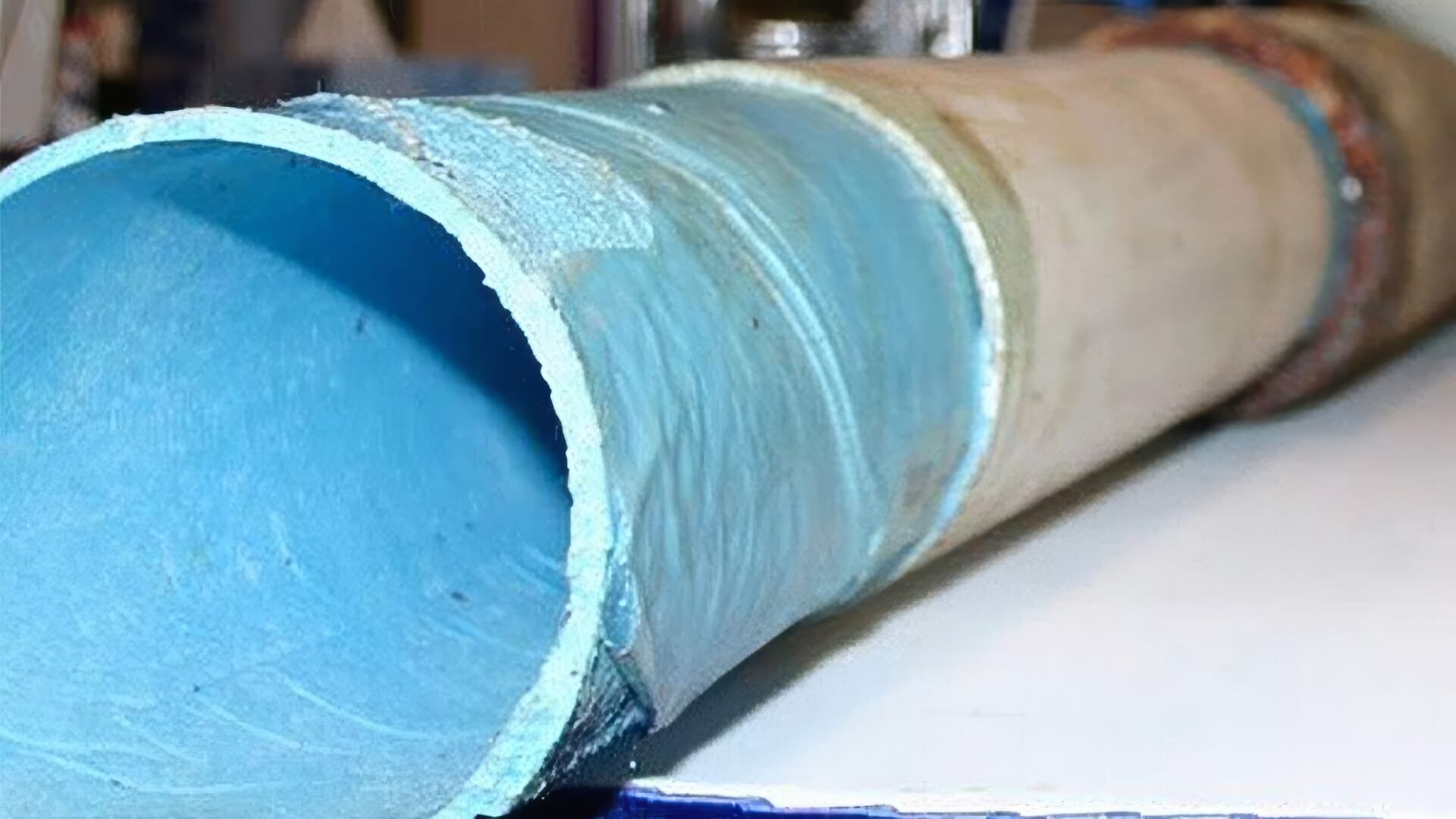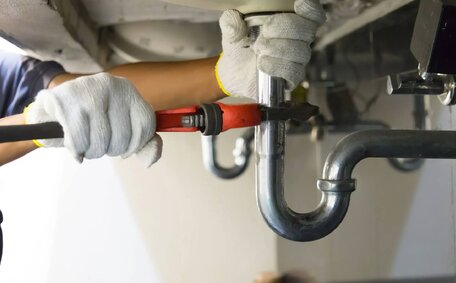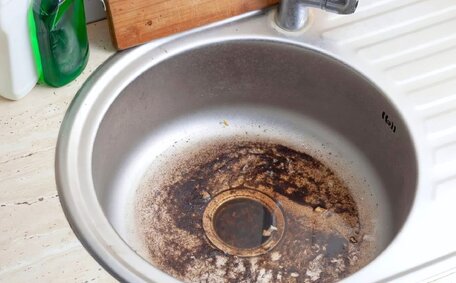Typical Lifespan of Gas Pipelines
Gas pipelines are typically designed to last around 50 years. This expected lifespan is a critical benchmark in the plumbing industry when assessing the condition and remaining usable life of natural gas infrastructure.
There are several key factors that can influence whether a pipeline meets, exceeds or falls short of this 50-year lifespan target:
- Quality of initial installation - Proper burial depth, protective coatings and materials all impact durability.
- Ongoing maintenance and inspection - Routine assessments and repairs extend pipeline lifetime.
- Environmental conditions - Corrosive soil, seismic activity and temperature fluctuations can accelerate deterioration.
As pipelines age past 50 years, signs of wear may begin to appear such as corrosion, cracks or leaks, indicating they are no longer performing optimally. At this stage, pipelines require more vigilant monitoring and maintenance to avoid potentially hazardous situations.
Ultimately, once the cost of upkeep exceeds the expense of replacement, or the risks pose too great a threat to public safety, retirement and removal decisions have to be made. The lifespan target provides a guide for when this tipping point approaches.
Key Factors Influencing Gas Pipeline Longevity
There are several key factors that can significantly influence the lifespan and longevity of gas pipelines:
- Pipeline Material - The durability of materials like steel, iron, polyethylene and PVC can enable pipelines to last over 100 years if properly maintained.
- Natural Gas Throughput - Higher flow volumes and pressures cause more internal wear and tear, shortening lifespan to 30-40 years.
- Weather Conditions - Seasonal freezing, flooding and soil expansions strains infrastructure. Over 75% of pipe issues correlate with extreme weather.
- Soil Characteristics - Acidic, corrosive or unstable land has been linked to 70% faster external pipeline deterioration.
- Maintenance Practises - Regular inspections, pipe cleaning and damage repairs can double or triple pipeline longevity.
Proactive monitoring and maintenance is key to maximise lifespan. But once pipe replacement costs outweigh repair expenses, renewal investments become the safer, more sustainable option.
Proper Installation
Expert installation is critical for ensuring the longevity and safety of gas pipelines. Industry standards mandate minimum burial depths to protect infrastructure.
In Australia, gas pipelines must be buried at least 750mm underground in accordance with AS/NZS 4645. This ensures protection from environmental factors and surface construction activities. Deeper burial, exceeding 900mm, is recommended in colder regions or areas with deeper frost lines.
Adhering to these depth guidelines and properly bedding pipes during initial installation prevents future issues with shifting, buckling or breaks as the ground settles. Additionally, correctly sized trenching and backfilling with suitable materials reduces external pipe damage risks.
Trusting qualified professionals like Kareela Plumbing for natural gas pipeline installations guarantees work is completed to exact industry specifications. Our team handles all necessary planning, permitting, materials, excavation, testing and documentation needs.
We oversee each stage intimately to deliver safest, longest-lasting infrastructure possible. Our 50 years experience gives us unique insights into design and practises that support durable pipelining.
Maintenance and Inspection
Ongoing maintenance and regular inspections are vital for extending the functional lifespan of gas pipelines.
Simple maintenance procedures like cleaning and pipe pigging remove internal buildup that causes corrosion or flow restrictions. We recommend scheduling an annual pipe cleaning to optimise performance.
Inspections identify external deterioration, leaks, faults or damage early so repairs prevent further issues. Common tests include:
- Pressure testing - Confirm pipeline integrity.
- Visual inspections - Assess physical damage or material defects.
- Leak surveys - Detect emissions indicating cracks or holes.
Here at Kareela Plumbing, our licenced technicians perform any required pipeline maintenance or inspections. We have specialised leak detection equipment providing precise fault locations.
By catching small problems early, proactive maintenance keeps infrastructure operating safely for longer. So before your next scheduled pipe cleaning or test due date, contact our team to book an appointment.
Material Quality and Durability
Advancements in pipeline materials have significantly enhanced durability and lifespan over the years. The quality of materials used plays a major role in determining corrosion resistance, strength and overall longevity of gas pipelines.
Pipelines constructed years ago were typically made from basic iron or steel. These corrode rapidly when exposed to moisture, eventually developing leaks or ruptures after just 30 years underground. However modern pipelines utilise high-density polyethylene (HDPE) which is far more resilient.
HDPE plastic piping provides extensive advantages. Overall greatly improving functional lifespans to over 100 years.
It’s anticorrosive properties prevent rust damage, even in wet environments. The flexible nature also withstands ground shifts, vibrations and temperature fluctuations with ease. Thermal fusion welding creates seamless connections that won’t loosen or crack.
So while general pipelines are designed for approximately 50 year lifespans, material quality improvements enable far longer utility. At Kareela Plumbing we stay informed on all the latest advancements in quality, specifications and safety standards to provide clients with the most durable pipelining available.
Signs a Gas Pipeline Needs Replacing
There are several clear warning signs indicating when an ageing gas pipeline requires replacing:
- Persistent Gas Odours - Unexplained gas smells, either faint or intense, suggest internal corrosion and microscopic leaks.
- Visible Rusting - External rust spots or discolouration points to advanced metal damage from moisture.
- Dents, Cracks or Holes - Any visible dents, cracks or holes likely mean the pipeline’s structural integrity is severely compromised.
- Failed Testing - Inability to pass pressure tests or detection of larger volume leaks confirms replacement need.
If your pipeline shows any of the above signs, contact Kareela Plumbing immediately for professional evaluations. Our licenced technicians will assess the current state and risks of your ageing pipeline, advising the best solution for replacement or repairs.
With over 50 years experience, we help homeowners and businesses keep their gas infrastructure running safely and efficiently. Don’t delay critical pipeline issues - call our team today to understand your options.
Safety Risks of Aging Pipelines
As gas pipelines continue operating beyond their 50-year lifespan target, safety risks escalate considerably. Ageing pipelines experience more leaks, cracks, and ruptures that allow dangerous gas accumulation and explosions.
In 2021, Australia reported 104 gas pipeline incidents - a 10-year peak. Warning signs like persistent gas smells near ageing pipelines should never be ignored. If smelt, evacuate the area immediately and contact emergency services.
Many stem from decaying infrastructure.
Other risks include pipe bursts from excessive corrosion and fractures from ground shifts. These failures often occur without warning and have devastating impacts. As pipelines age past thresholds, replacement becomes the only means to ensure public and environmental safety.
Here at Kareela Plumbing, we help homeowners and businesses assess ageing pipeline risks and determine appropriate renewal solutions. With advanced detection equipment and decades of experience, we identify issues early before they escalate. Contact our team today to understand the current state of your gas pipelines.
Environmental Hazards of Abandoned Pipelines
Abandoned pipelines pose considerable environmental hazards if not properly decommissioned. As pipelines exceed functional lifespans and replacement needs arise, asset owners must choose between renewal investments or retirement procedures.
While pipeline abandonment may seem a cheaper short-term option, lacksafety precautions create long-term ecological risks. Over time, deserted pipelines decompose internally and collapse. Subsequent soil subsidence allows leakage of remaining gas or oil residues into surrounding land and groundwater.
Once obsolete pipelines fracture due to corrosion, underground spillages directly pollute soil and aquatic ecosystems. Construction equipment is then needed to excavate and extract hazardous abandonment remnants - further disturbing natural habitats.
Here at Kareela Plumbing, we advise clients on safe pipeline decommissioning options. Proper purging, sealing and extraction protects the environmental from contamination. We also offer long-term renewal solutions to avoid abandonment entirely through repairs or replacements.
With over 50 years experience managing natural gas infrastructure lifecycles, our team helps prevent the environmental damages caused by deteriorating pipelines. Contact us today to discuss managing your ageing assets.
Decommissioning a Gas Pipeline
Decommissioning ageing gas pipelines involves permanently taking infrastructure out of operation and eliminating any associated hazards. This requires extensive planning and strict procedures to ensure safety.
Surface structures and connections must first be entirely dismantled. Any active sections of pipeline getting cut or capped to prevent further gas flow. Comprehensive purging then removes all remaining gas residues until the pipeline would contain only air.
Once emptied, pipeline access points get permanently sealed and secured. Lockable caps fasten to cut ends, while sturdy plugs insert into other openings. All surface equipment dismantles last, including scraper stations, valves and vents.
Underground pipes often remain buried to avoid environmental disturbances from excavations. Provided pipelines are fully evacuated and blocked prior, interred sections pose minimal risks after decommissioning. Though removal still occurs where easily accessible or mandated.
Strict procedures protect the safety of workers and public during the decommissioning process. Specialist pipeline operators like Kareela Plumbing hold extensive experience managing secure retirements. We remain up to date on all industry regulations and best practises regarding proper purging, sealing, dismantling and pipeline abandonment.
Legal and Regulatory Considerations
There are several key legal and regulatory frameworks governing gas pipeline operations, maintenance and decommissioning - especially within Sydney regions like Kareela.
All pipeline design, construction and abandonment procedures adhere to stringent AS/NZS 4645 standards. This ensures infrastructure longevity through proper materials, depths, testing and dismantling protocols. Only licenced technicians can install, alter or deactivate pipelines under this code.
Pipelines Act 1967 also regulates regional pipeline licences and appropriate financial provisions for eventual decommissioning costs. It mandates accurate infrastructure registrations and robust operator safety / environmental policies.
For operational pipelines, owners must establish extensive Safety and Operating Plans outlining monitoring schedules, emergency response processes, maintenance duties, and more. Yearly reviews verify regulatory compliance.
The Gas Supply Act 1996 governs local utility connections and quality assurances. Customers can expect properly certified products installed to strict specifications and performance guidelines.
At Kareela Plumbing, our licenced technicians stay fully versed in all applicable legislation and amendments. We uphold the industry’s stringent safety, reliability, and environmental standards - ensuring clients never compromise on quality or compliance.
Environmental Impact Assessment
Conducting comprehensive environmental impact assessments is critical when managing gas pipelines across their entire lifecycle. These evaluations safeguard local ecosystems in regions like Kareela against potential contamination or disturbances from pipeline installations, operations, maintenance or decommissioning activities.
Robust pre-construction assessments establish baseline ecology metrics for comparison after pipelines activate. They identify at-risk habitats, protected species and vulnerable water resources requiring protection. Studies confirm pipeline routing avoids these sensitive zones while meeting safety requirements.
Ongoing monitoring verifies infrastructure integrity and rapid leak detection. Regular ecologist inspections ensure surrounding soil, vegetation and waterways show no emerging pollution signs. Any erosion, contamination or habitat disruptions trigger immediate corrective actions under approved response plans.
End-of-lifecycle assessments audit previous environmental protections and determine optimal decommissioning approaches. They analyse long-term ecosystem impacts from pipeline abandonment versus renewal investments. Findings help managers choose the most sustainable option balancing rehabilitation costs against ecological benefits.
Here at Kareela Plumbing, we partner with specialist environmental consultants to conduct rigorous impact studies. Our 50 years of local expertise provides unique insight into safeguarding Kareela’s natural assets across all pipeline works. Contact our team today to discuss protecting your land while upgrading gas infrastructure.






